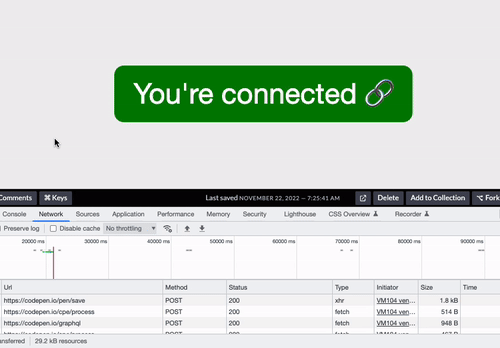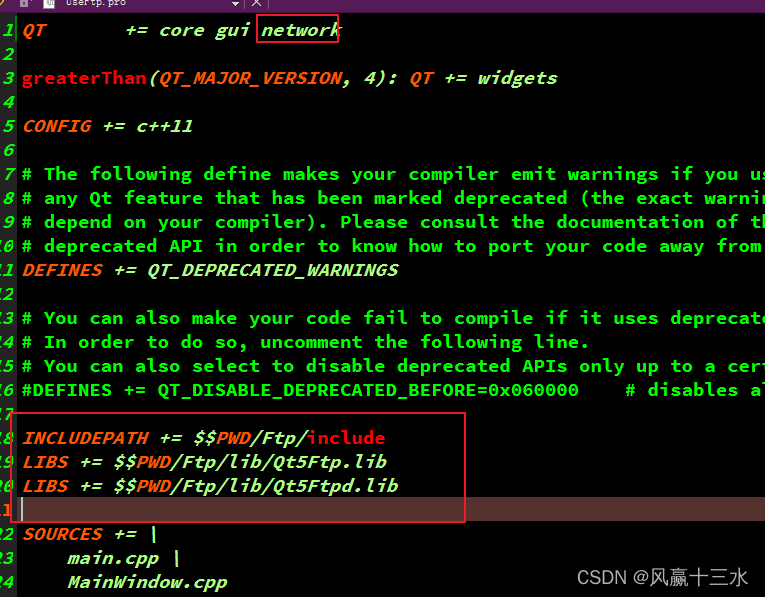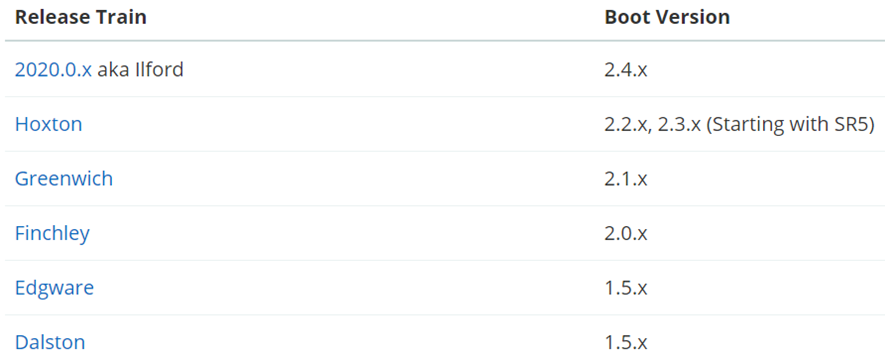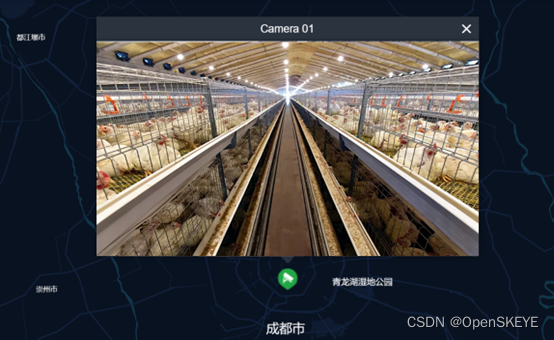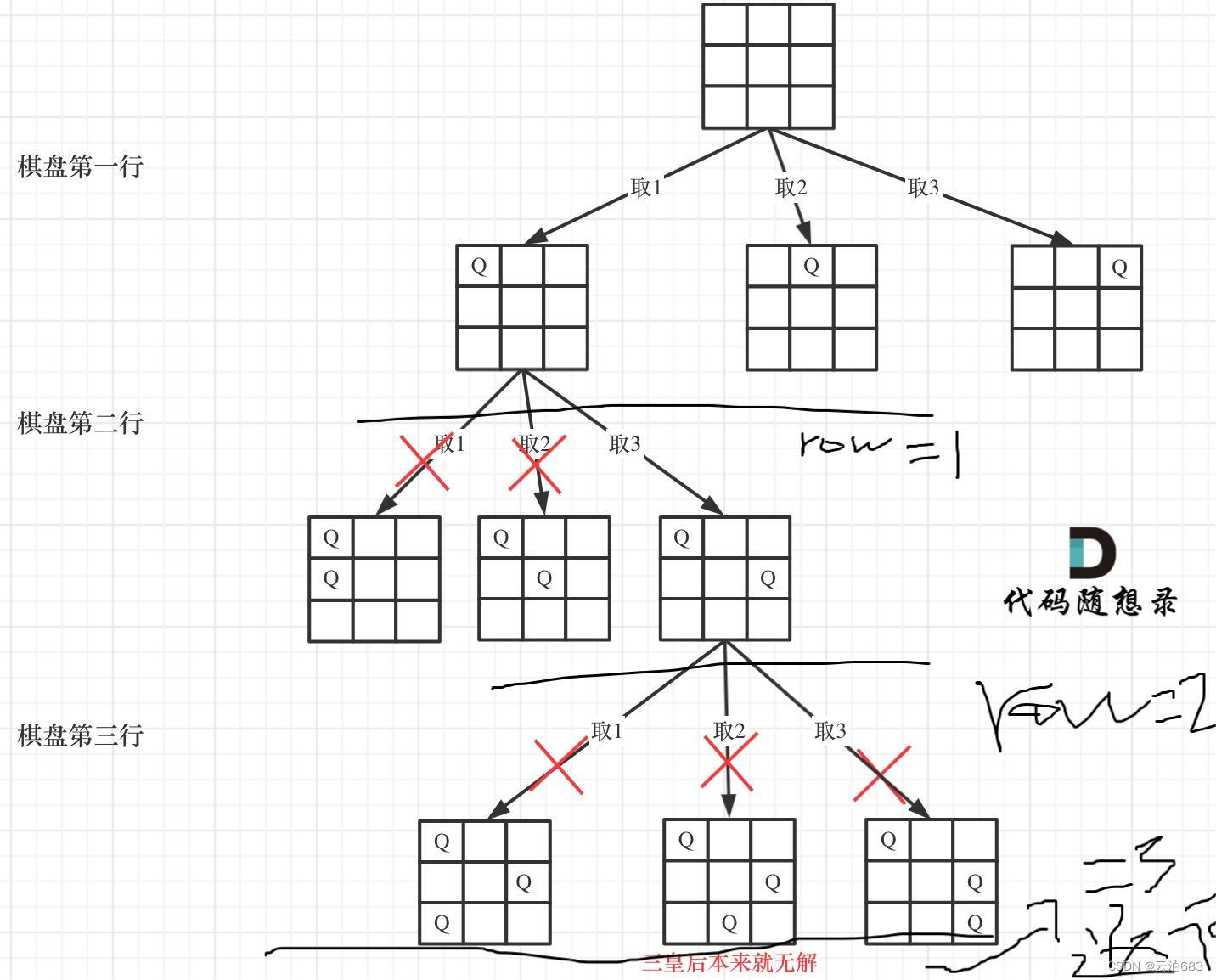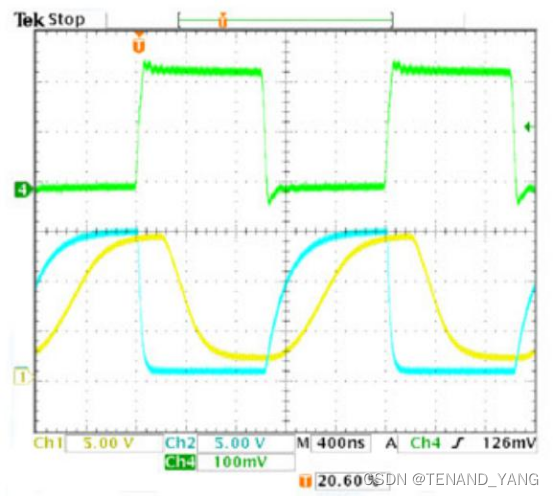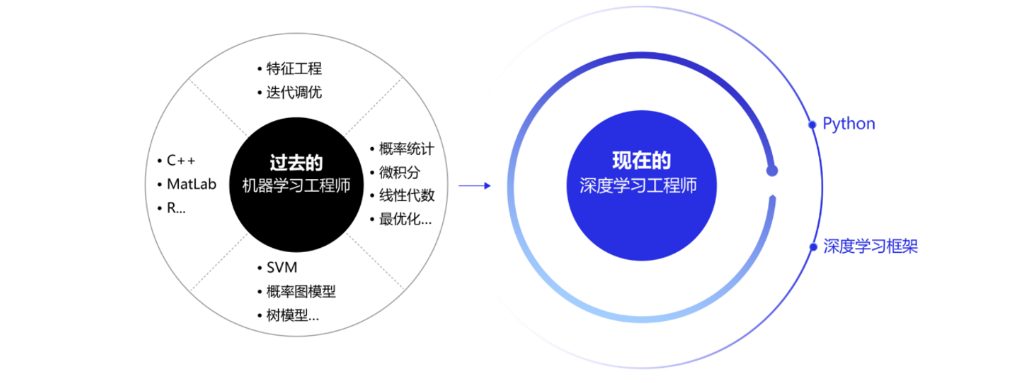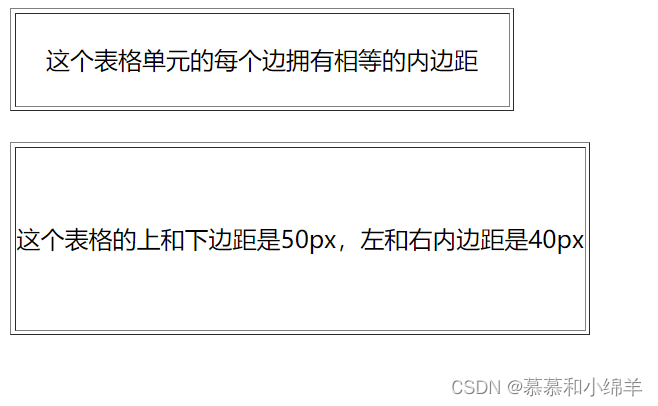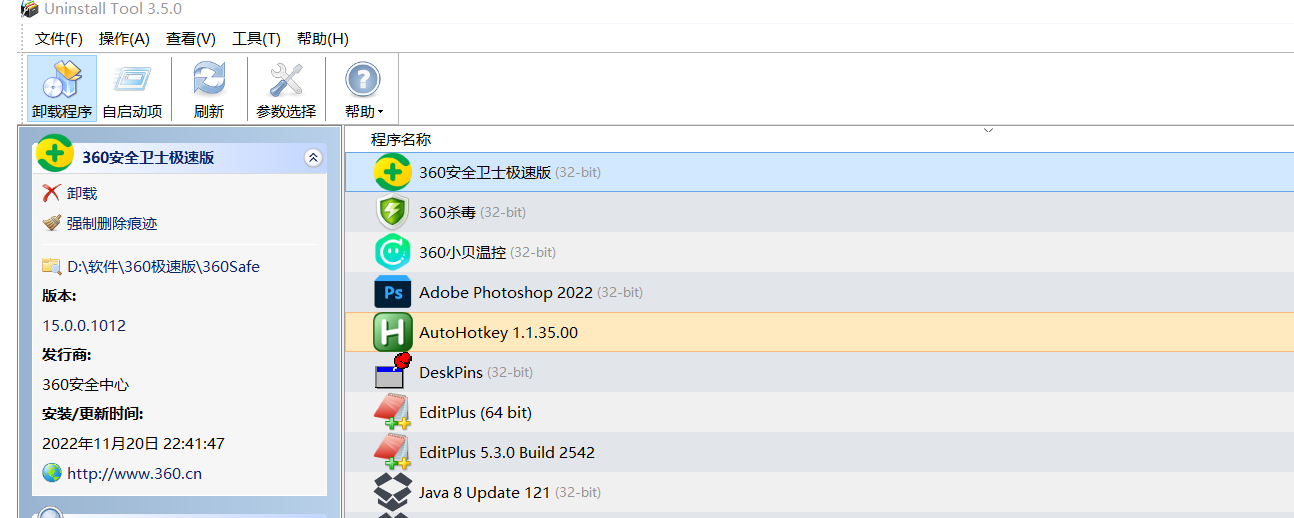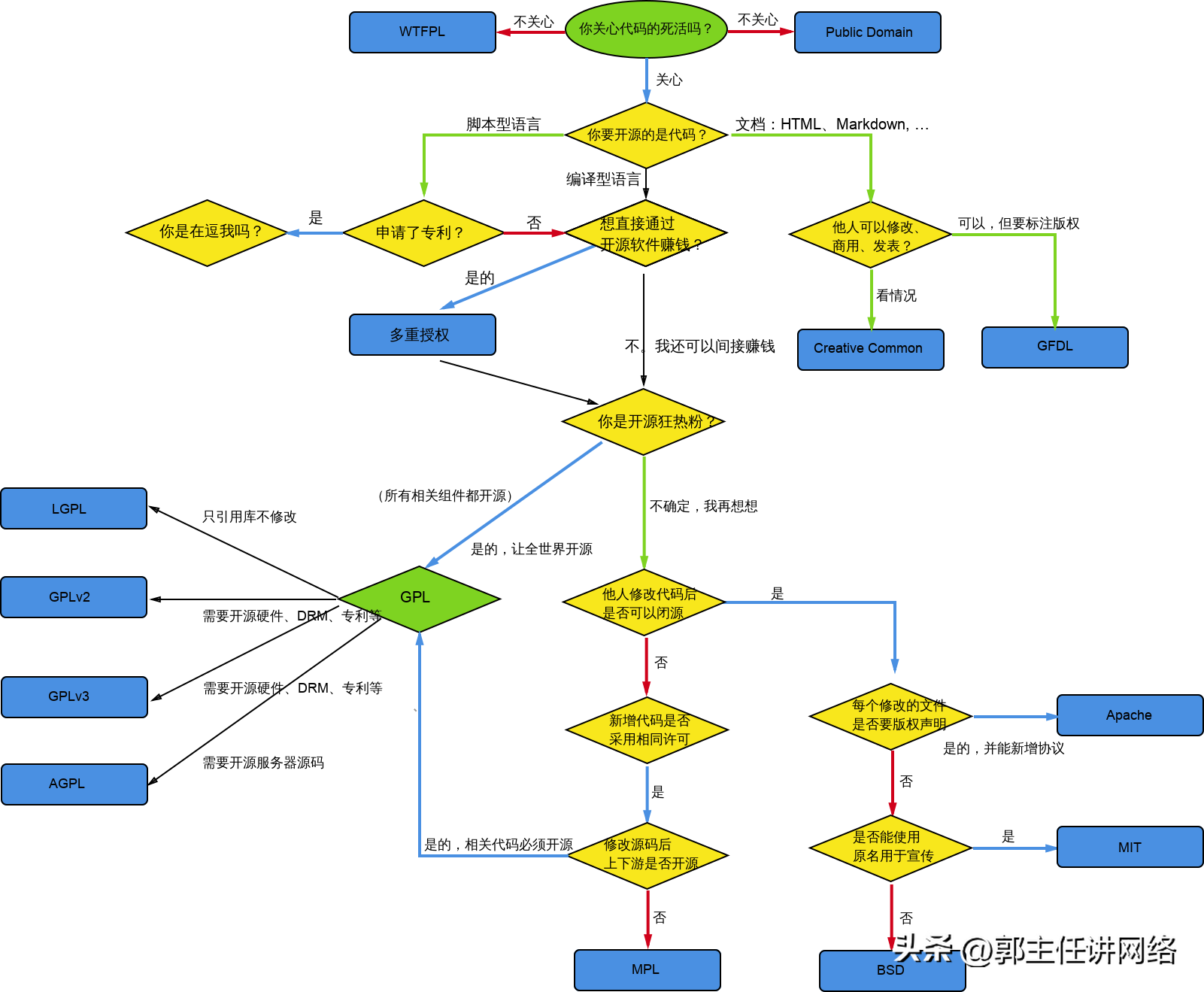文章目录
- 前言
- 一、未使用设计模式
- 二、策略模式
- 1.定义
- 2.结构
- 三、应用场景
- 四、优缺点
- 优
- 缺
- 参考资料
前言
需求:
一天,产品经理走过来对你说。猫啊(自称),帮我设计一个计算器,需要的功能有求最大值,最小值。应不难的吧ㄟ( ▔, ▔ )ㄏ
本文主要说明设计模式,具体算法实现不在涉及
一、未使用设计模式
小小经理,可笑可笑😏,看我一顿操作!
public class Calculation {
public static void go(List<Integer> list, String type) throws Exception {
if (type.equals("1")){
// 最大值
System.out.println("最大值");
}else if (type.equals("2")){
// 最小值
System.out.println("最小值");
}else {
throw new Exception("error");
}
}
public static void main(String[] args) throws Exception {
List<Integer> list=new ArrayList<>();
String type="6";
go(list,type);
}
}
这时,产品经理又来了,瞧我这记性,不止要实现最大最小的计算,还需要有求和,平均值,排序…😵💫可能以后给还会在加如更多的算法。
此时,就可以看出上述设计出现的弊端,在代码中使用了大量的if–else,如果某天经理突然又想出来一些新的需求,就不得不对Calculation的代码进行修改,此时我们就违反了设计原则中的开闭原则,同时也会造成大量的代码在一个类中,难以阅读。我们的目标应该是允许类容易扩展,在不修改现有代码的情况下就可以增加新的行为。
开闭原则 :
类应该对扩展开放,对修改关闭
二、策略模式
1.定义
该模式定义了一系列算法,并将每个算法封装起来,使它们可以相互替换,且算法的变化不会影响使用算法的客户。策略模式属于对象行为模式,它通过对算法进行封装,把使用算法的责任和算法的实现分割开来,并委派给不同的对象对这些算法进行管理。
2.结构
1、抽象策略角色(Strategy):通常有一个接口或一个抽象类实现
2、具体策略角色(ConcreteStrategy):包装了相关的算法和行为
3、环境角色(Context):持有一个策略类的应用,最终供客户端调用

我们将计算方法抽象为一个策略接口
public interface NumberGather {
//调用集合方法的抽象方法
public void calculation(List<Integer> list);
}
现在只需要为不同的算法建立对应的策略实现类
最小值:
public class Min implements NumberGather {
@Override
public void calculation(List<Integer> list) {
List<Integer> list1 = new ArrayList<Integer>();
Integer min = Collections.min(list1);
System.out.println("最小值为"+min);
}
}
最大值:
public class Max implements NumberGather{
@Override
public void calculation(List<Integer> list) {
List<Integer> list1 = new ArrayList<Integer>();
Integer max = Collections.max(list1);
System.out.println("最大值为"+max);
}
}
平均值:
public class Average implements NumberGather {
@Override
public void calculation(List<Integer> list) {
List<Integer> list1 = new ArrayList<Integer>();
double sum =list1.stream().mapToDouble(Integer::doubleValue).sum();
int size = list1.size();
double avg = sum/size;
System.out.println("平均值为"+avg);
}
}
环境类:
public class Context {
private NumberGather numberGather;
public Context(NumberGather numberGather){
this.numberGather=numberGather;
}
public void go(List<Integer> list){
numberGather.calculation(list);
}
}
test:
public class Demo {
public static void main(String[] args) {
List<Integer> list1 = new ArrayList<Integer>();
list1.add(8);
list1.add(7);
list1.add(16);
list1.add(12);
list1.add(3);
Context context=new Context(new Max());
context.go(list1);
Context context1=new Context(new Average());
context1.go(list1);
}
}
三、应用场景
1、 多个类只区别在表现行为不同,可以使用Strategy模式,在运行时动态选择具体要执行的行为。
2、 需要在不同情况下使用不同的策略(算法),或者策略还可能在未来用其它方式来实现。
3、 对客户隐藏具体策略(算法)的实现细节,彼此完全独立。
四、优缺点
优
- 策略类之间可以自由切换。由于策略类都实现同一个接口,所以使它们之间可以自由切换。
易于扩展。 - 增加一个新的策略只需要添加一个具体的策略类即可,基本不需要改变原有的代码。符合开闭原则
- 避免使用多重条件选择语句,充分体现面向对象设计思想。
缺
- 客户端必须知道所有的策略类,并自行决定使用哪一个策略类。这点可以考虑使用IOC容器和依赖注入的方式来解决
- 策略模式会造成很多的策略类,可能造成类爆炸。
参考资料
百度
https://juejin.cn/post/7006126086715113480


![[附源码]Python计算机毕业设计Django停车场管理系统](https://img-blog.csdnimg.cn/df62cacc4c64437db2c5d3cb9bf20d97.png)
